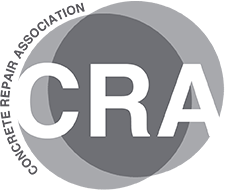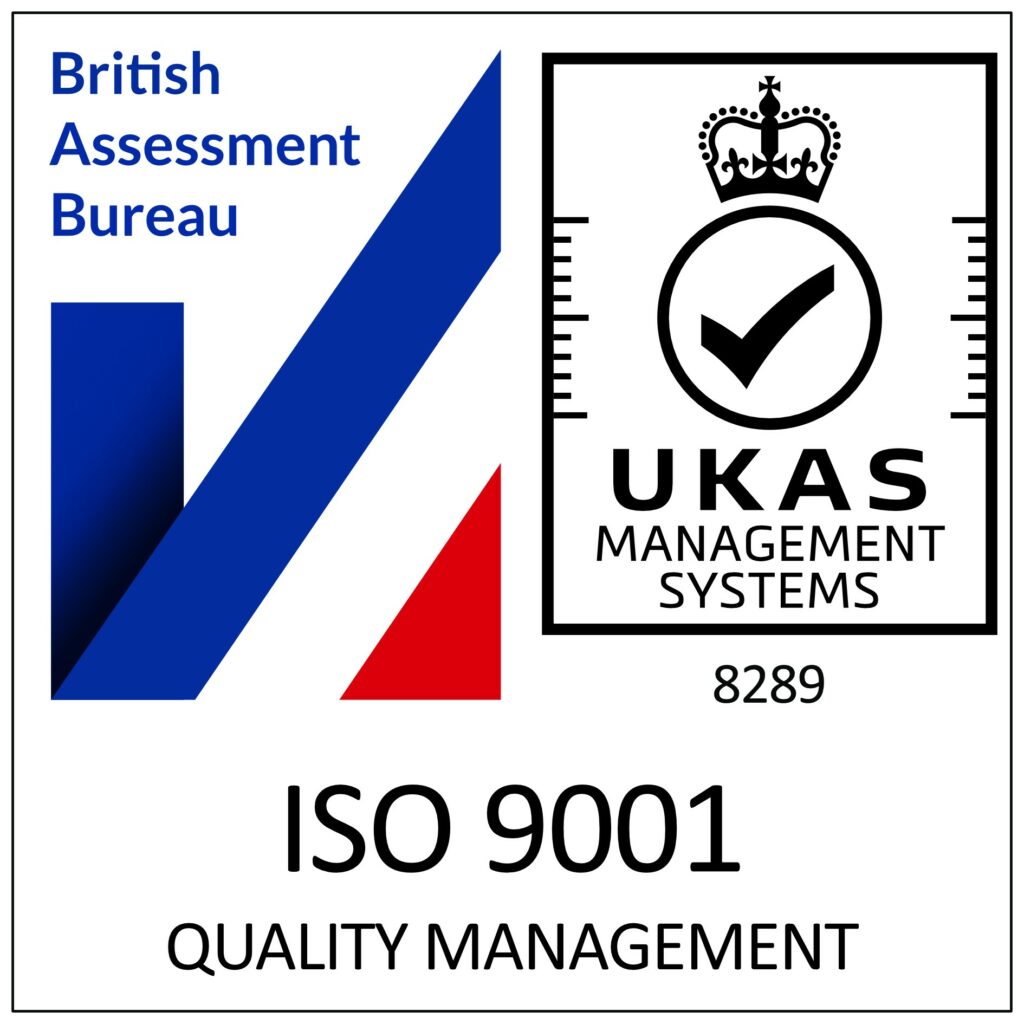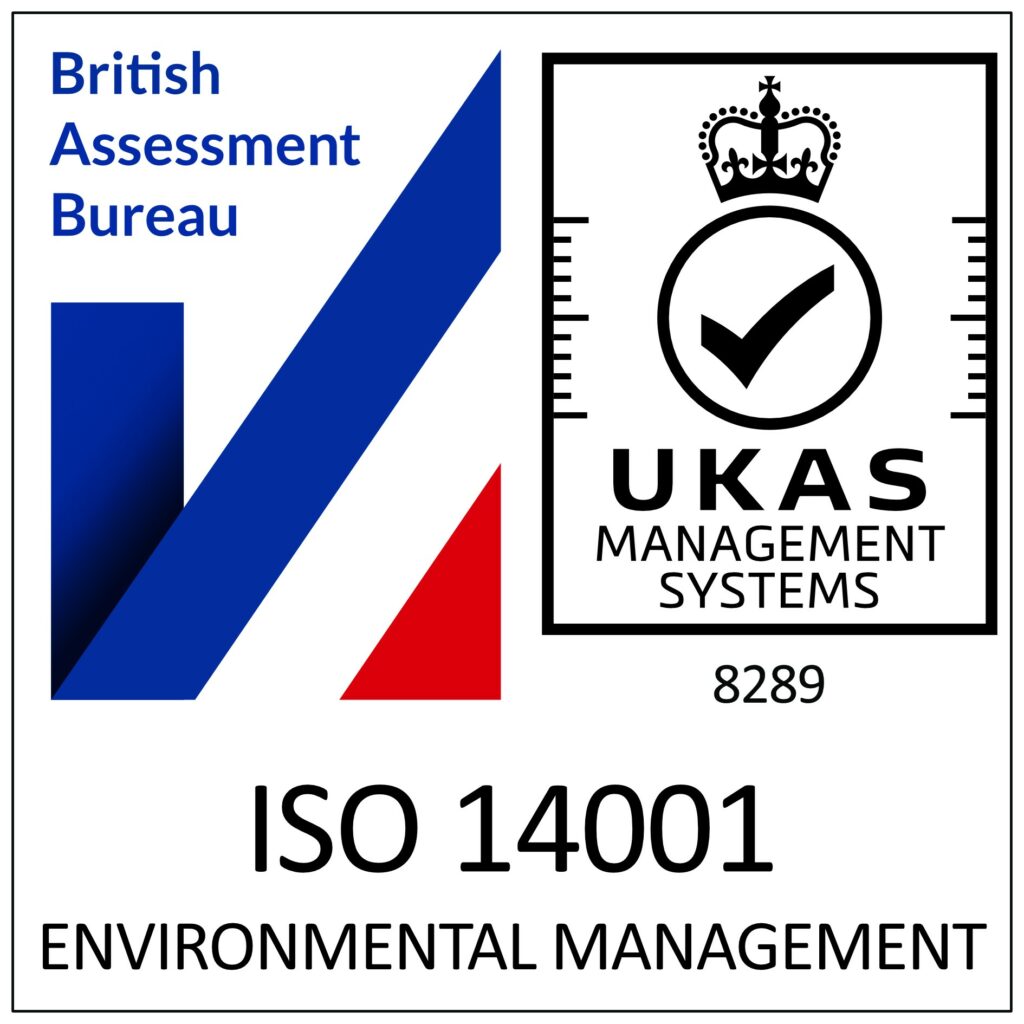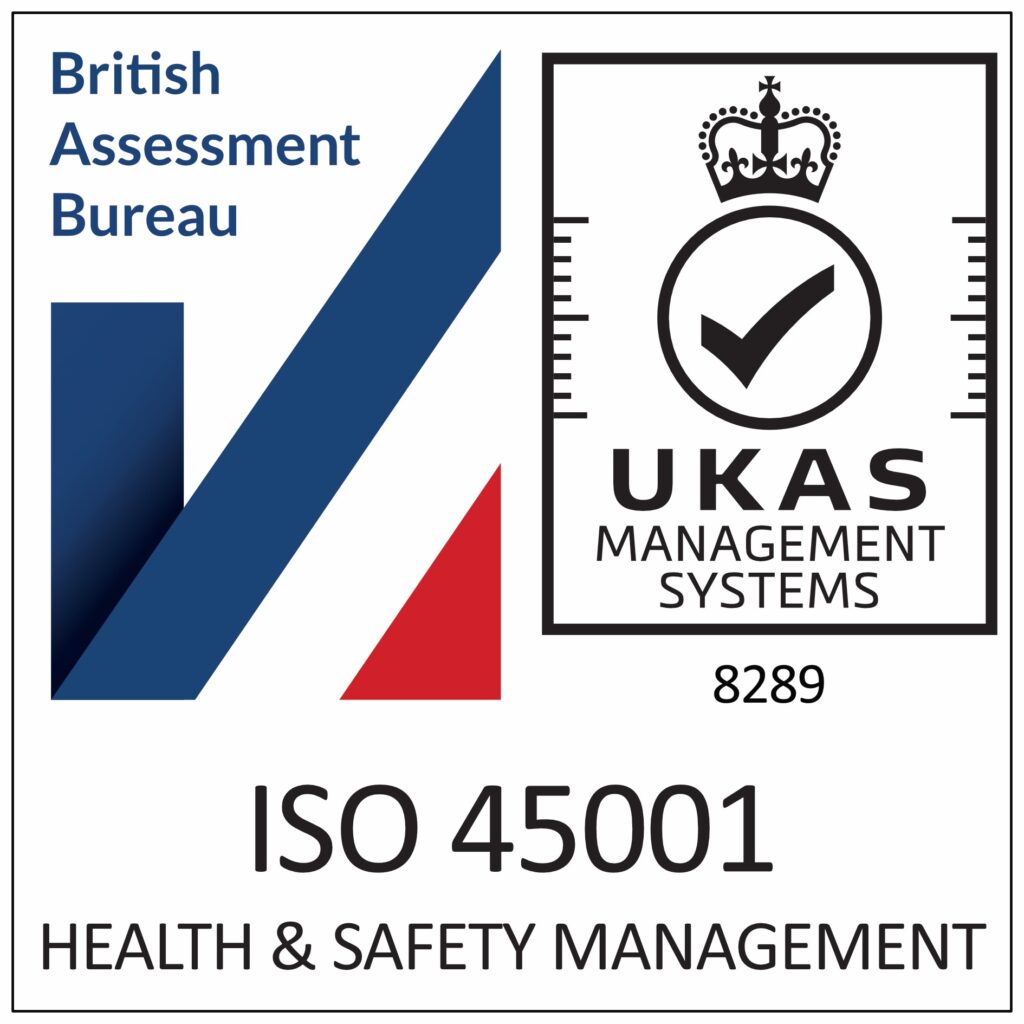Concrete Testing
This phase of the process typically takes place off-site and builds upon any previous findings that we may have initially established. These testing methods will often combine to provide us with a holistic conclusion as to the extent and causes of any identified defects and inform our decisions regarding the necessary remedial action that may need to be taken.
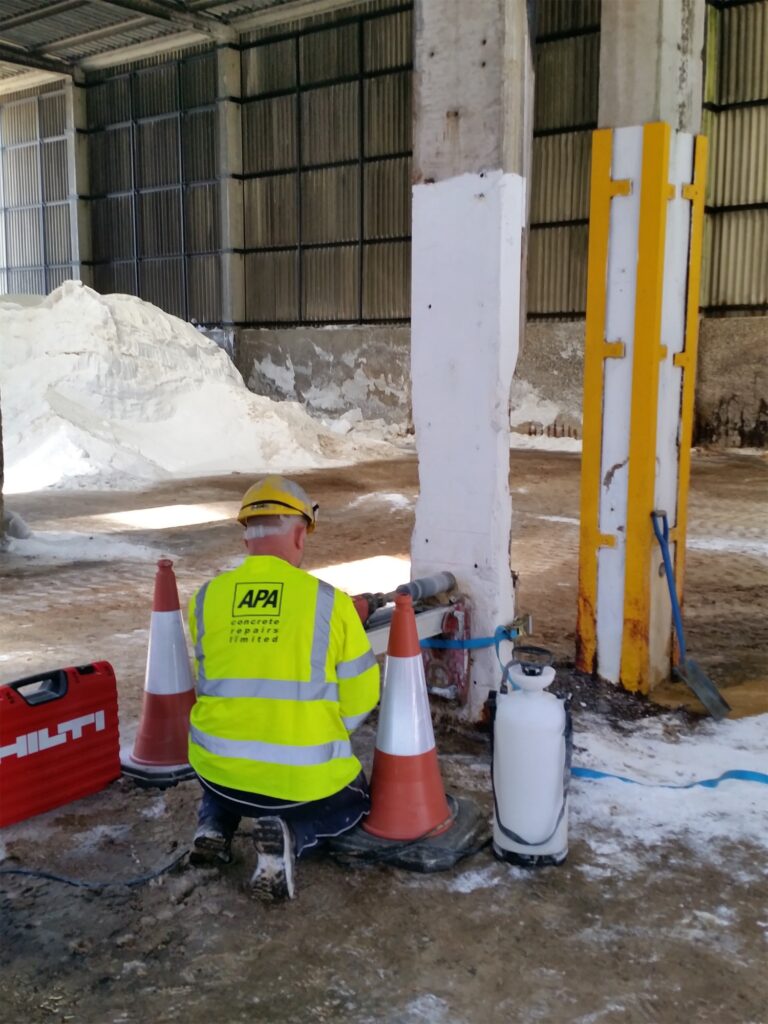
APA Concrete Repairs Ltd carries out a range of Concrete Testing techniques that include:
- Chloride Analysis – Upon completion of chloride profile testing, often undertaken in conjunction with visual, carbonation and cover depth surveys, identified chloride ion concentrations combined with other findings can give an indication of the condition of structural concrete and its potential for future performance.
- Detection of High Alumina Cement – High Alumina Cement (HAC)undergoes a process of mineralogical “conversion” under certain climatic conditions, causing a loss of strength or susceptibility to chemical attack. Although no longer used in structural concrete in the UK, HAC is still prevalent in a number of previous construction. We undertake testing to establish a presence of suspected HAC which, if confirmed, leads to further assessments for strength and long-term durability.
- Cement Content – The cement content of concrete is largely important for aspects of durability, permeability and strength, with too low a cement content leading to the risk of not providing a durable protective environment for the reinforcement and permitting rapid carbonation, resulting in potentially inadequate structural capability. Too high a cement content can alternatively result in thermal cracking, excessive shrinkage and a risk of alkali silica reaction. These tests are evidently essential when instating new concrete to a structure.
- Petrographic Analysis – This is undertaken with the aim of identifying features such as degree of cement hydration, microcracking, depth of carbonation, depth of fire damage, breakdown of aggregate and evidence of poor freeze-thaw performance.
- Compressive Strength – These tests indicate the capacity of a material or structure to resist or withstand under compression, determined by the ability to resist failure in the form of cracks and fissure. Push force is applied on both faces of a concrete sample and the maximum compression that it bears without failure is noted.
- Bond Strength (Pull-Off) – This test method is used to evaluate the in-place bond strength between a repair overlay and the substrate as well as the in-place tensile strength of concrete or other materials.
- Tensile Strength Testing – This is a fundamental test which we undertake whereby a concrete sample is subjected to an application of force and its response to the stress is measured. This method helps us to obtain a complete profile of a material’s tensile properties; determining how strong a material is and how much it can elongate.
- Mundic Testing – Mundic refers to a cause of deterioration in concrete which occurs due to the decomposition of mineral constituents within the concrete. Testing for mundic consists of multiple stage analysis’ and performance assessments; core samples are collected from the concrete surface in question using a drill, which are subsequently analysed off site to establish the presence and extent of mundic.
